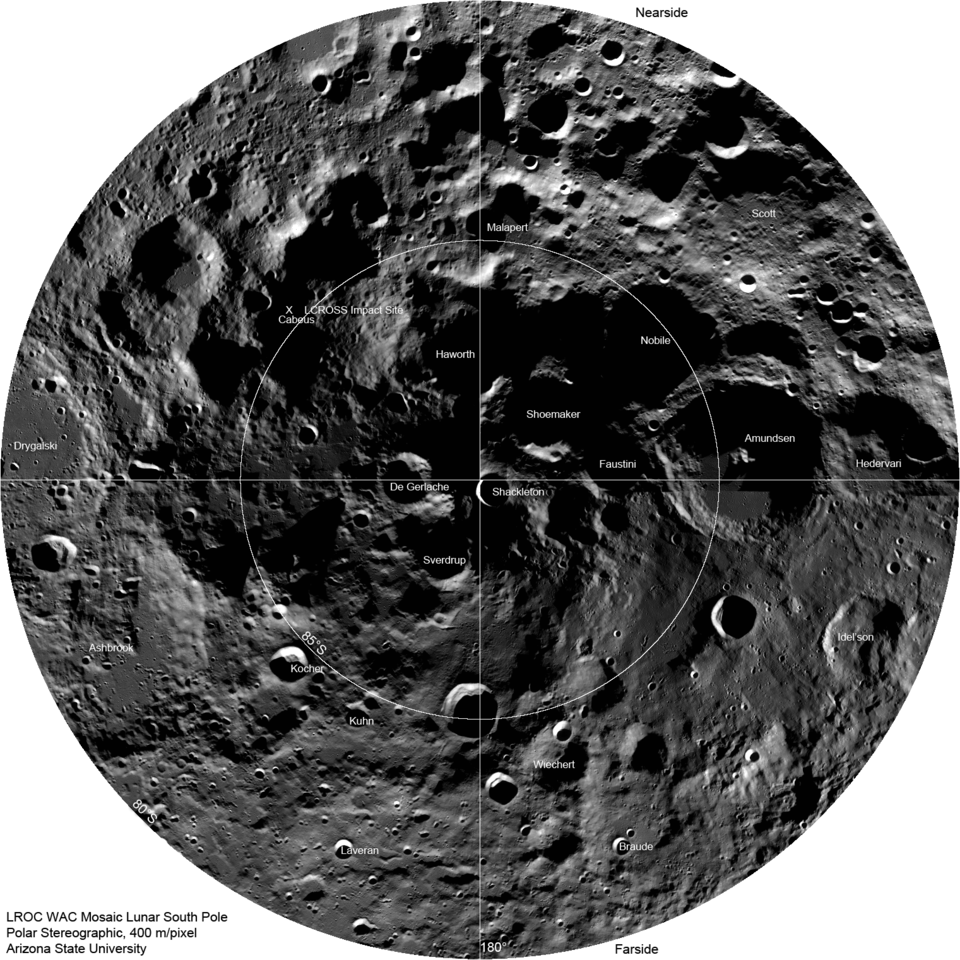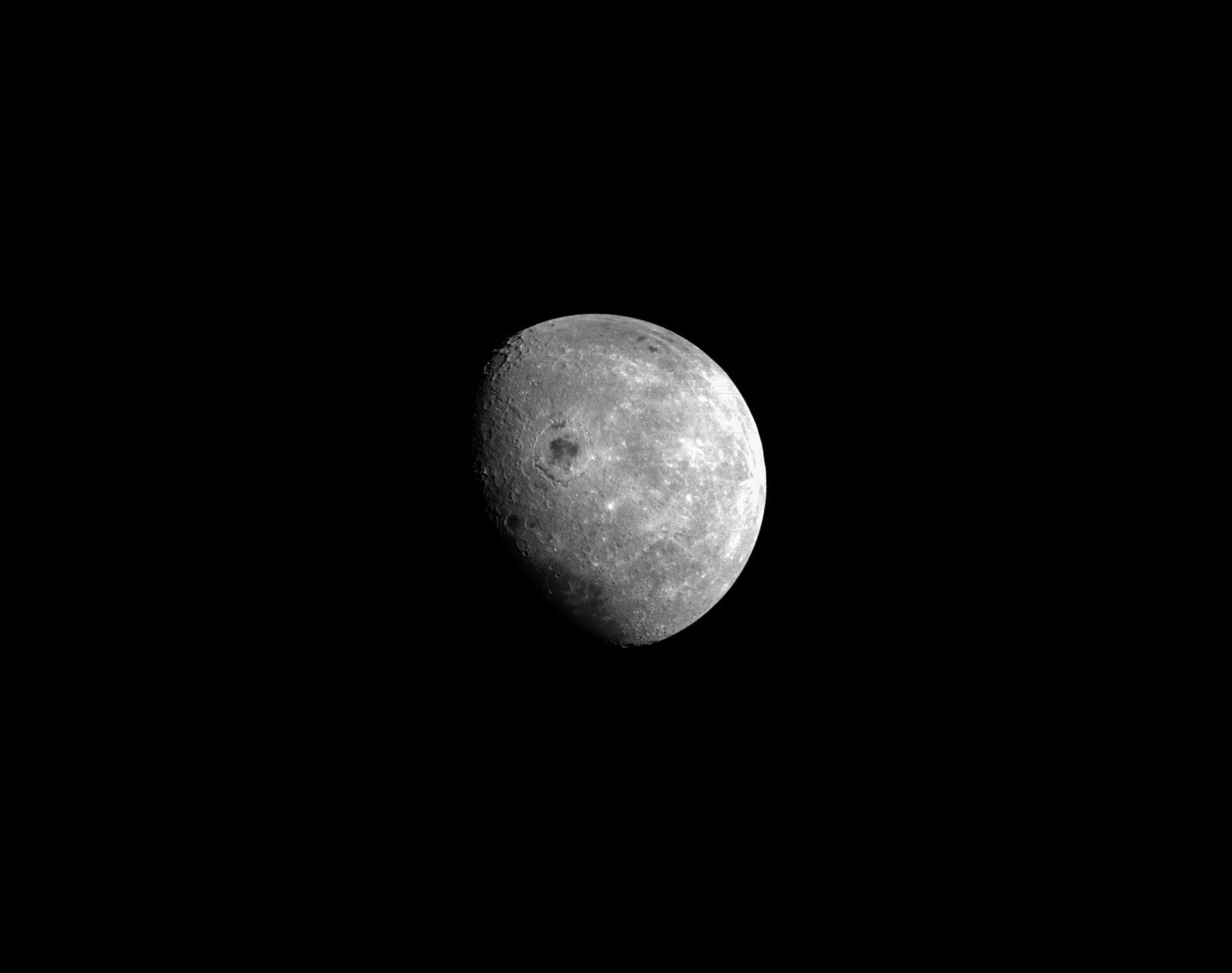Mapping the Moon
A paper published in December 2022 has analysed the rocky features of the lunar South Pole and identifies possible areas of interest for astronauts to explore and gather the best samples on the Artemis III mission.
Now based at ESA’s technical heart ESTEC working for human and robotic exploration in The Netherlands, research fellow Sarah Boazman has been involved in the geological study of this region of the Moon since an internship at the lunar planetary institute in Houston, USA.
Rocks, boulders, craters and pixels

An international team has analysed many satellite images covering the lunar South Polar region, taken by the Lunar Reconnaissance Orbiter, which have a resolution of about one metre. These images allow identification of features such as boulders and rocky craters and terrain around the south polar region including the ‘connecting ridge’, one of the Artemis III candidate landing sites.

Boulders can be identified as bright, high contrast features with a shadow observed behind these features. Craters were identified as bowl-shaped depressions often seen as a dark circle as light cannot always reach the crater floor and rock exposures were identified as bright high contrast features often larger than boulders but casting little to no shadow.
“It is amazing that we can do this research with such detailed pictures that are so beautiful” says Sarah, “geologically, recently-formed craters which have boulders surrounding the crater are the most fascinating as any samples you collect from such a crater, you can identify where the samples have come from, so when the samples are analysed back on Earth, we could understand the geology of the area better”.
Searching in the right place

The third Artemis mission will see astronauts land on the Moon around the South Pole to explore and retrieve scientifically relevant samples. The study by Sarah and colleagues has identified areas of particular interest within the Artemis III candidate landing sites, where multiple samples of boulders and rock exposures can be collected by astronauts during a future mission.
ESA’s Pangaea geological training course is preparing astronauts for the sample-taking, allowing them to identify rocks that are of particular interest to the scientists back home.

The study not only identified some of the most interesting areas to explore, but also how accessible they are. Spacesuits limit movement and therefore it is essential that samples are accessible.
Digging deeper

The data from this study is also relevant for other missions to the Moon including for ESA’s lunar ice drill, known as PROSPECT.
“The images and data are publicly available and I recommend that everybody has a look, exploring our Moon is fascinating and the other-worldly images can be inspiring.” says Sarah
The full paper is available here: https://iopscience.iop.org/article/10.3847/PSJ/aca590/meta















 Germany
Germany
 Austria
Austria
 Belgium
Belgium
 Denmark
Denmark
 Spain
Spain
 Estonia
Estonia
 Finland
Finland
 France
France
 Greece
Greece
 Hungary
Hungary
 Ireland
Ireland
 Italy
Italy
 Luxembourg
Luxembourg
 Norway
Norway
 The Netherlands
The Netherlands
 Poland
Poland
 Portugal
Portugal
 Czechia
Czechia
 Romania
Romania
 United Kingdom
United Kingdom
 Slovenia
Slovenia
 Sweden
Sweden
 Switzerland
Switzerland


























